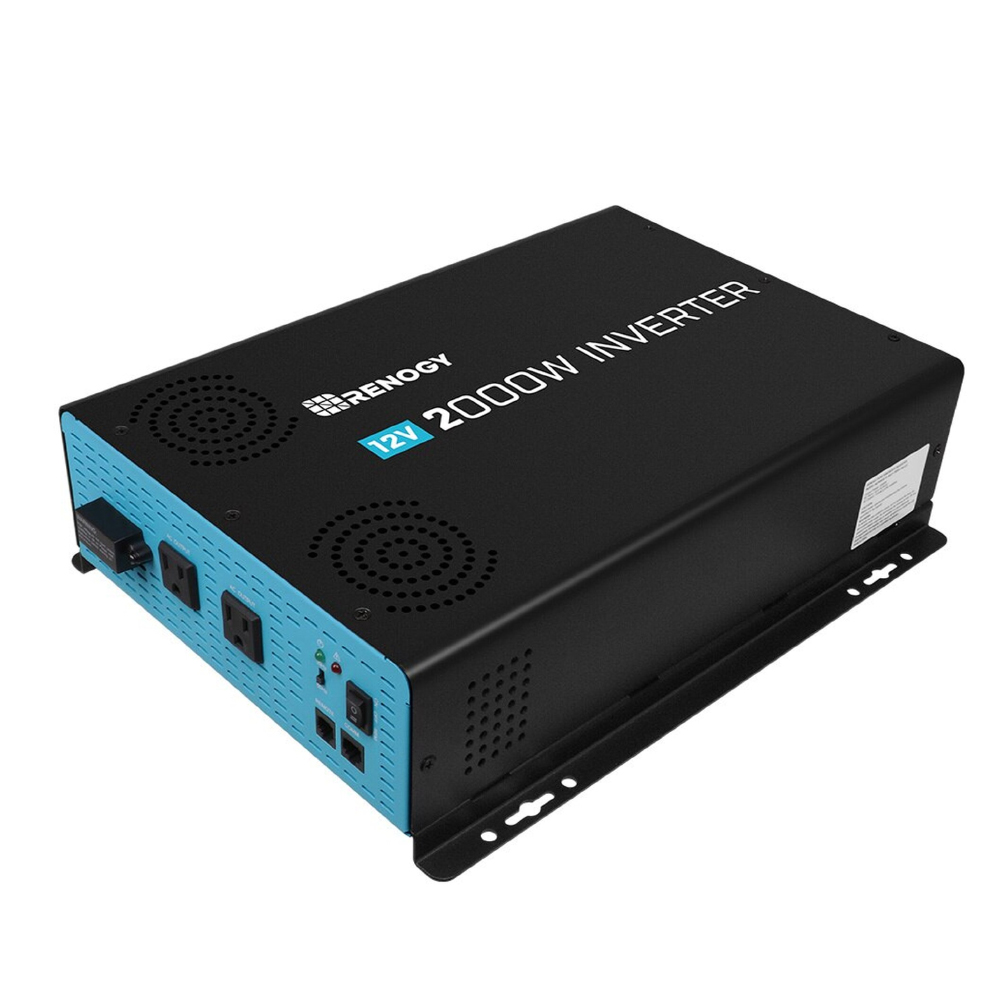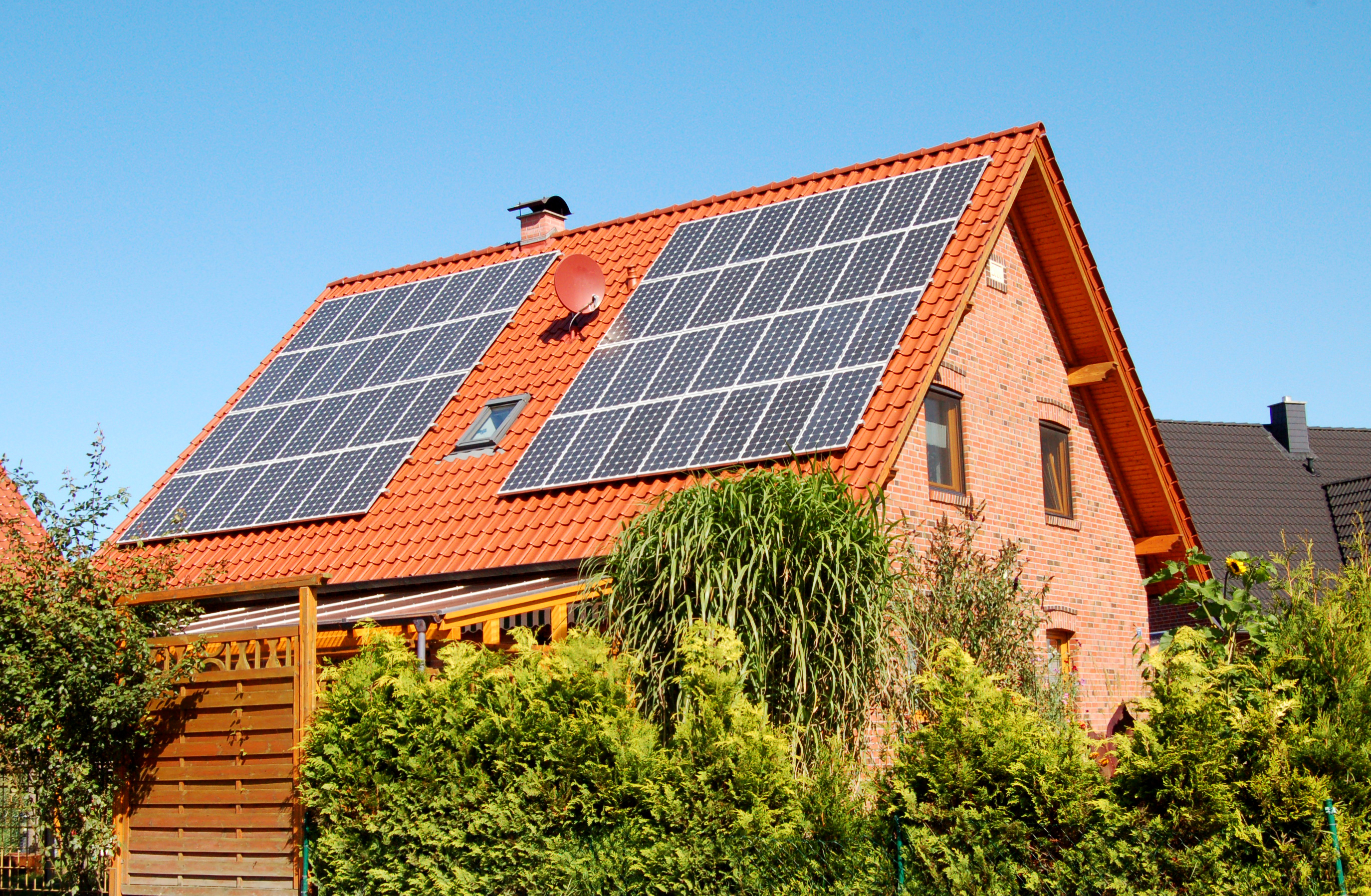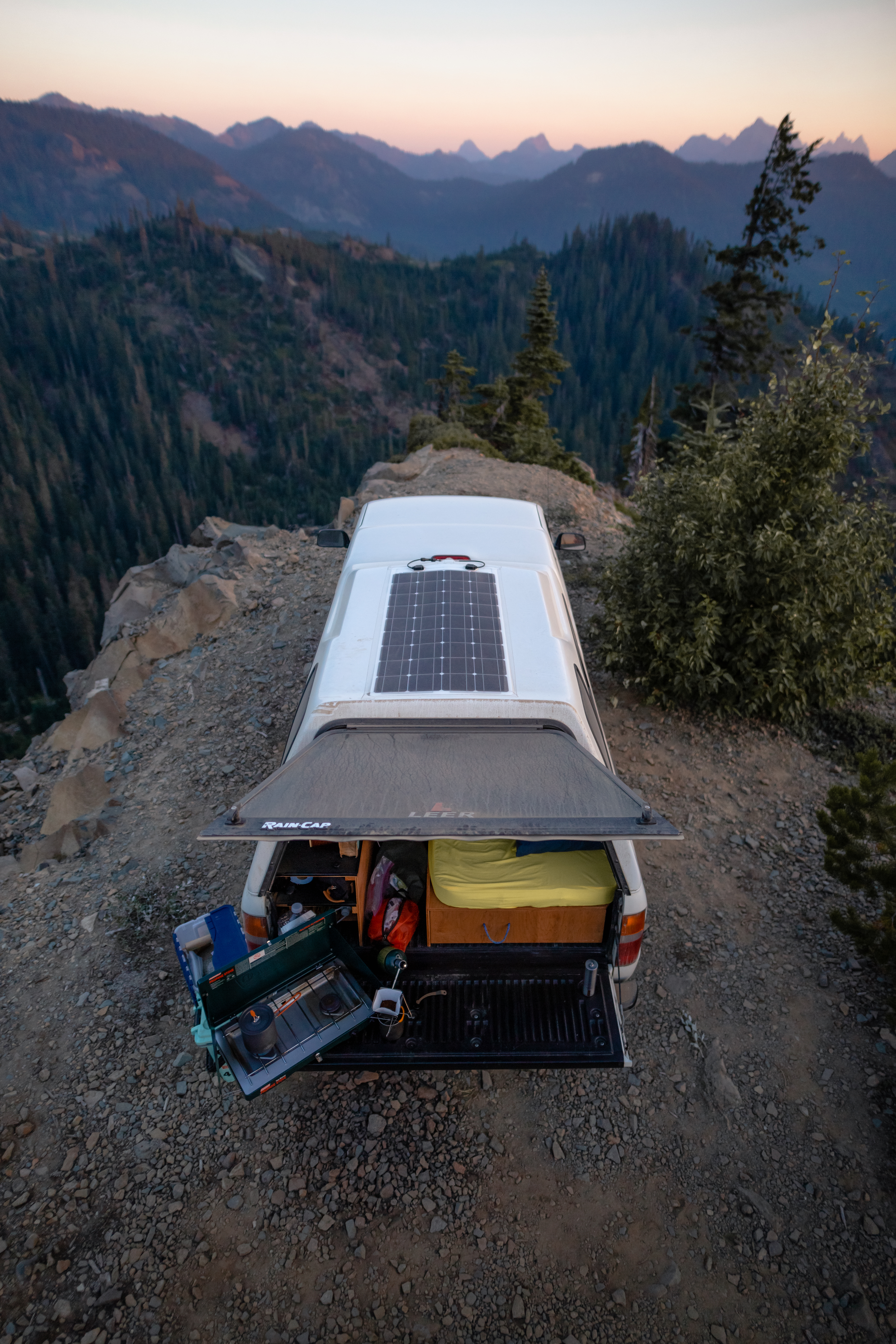What are the different types of solar inverters?

How to select an inverter for your solar installation
Whether you’re building an off-grid or grid-tied solar installation, solar inverters are an important component to research and take into consideration. Inverters fulfill the essential role of converting direct current (DC) into alternating current (AC) in order to power the appliances in your home, RV, or van. From pure sine wave inverters to string inverters, here’s a breakdown of the different types of inverters available and how to shop for the right one.
What do inverters do and why do I need them?
Inverters serve as the gateway between the photovoltaic system and the devices and appliances drawing energy from your system. They turn the DC output collected from your solar panels into alternating current AC, which is the standard used by all commercial appliances.

Which is the best solar inverter for home?
Everyone’s installation is different, but a good place to start when deciding on an inverter is to consider whether you’re building a grid-tied or off-grid system.
Grid-tied systems: String inverters and microinverters
On-grid systems are the most common and widely home solar installations. You do not need battery storage and can simply use energy from your panels when they are producing. Then, at night or when it’s too overcast for your panels to produce power, you can tap into the grid. One important thing to consider is on-grid systems do not function during a blackout. This is because it would be a safety concern for a system to push power into the grid when utility workers may be out making repairs to the network. There are two main inverters in grid-tied systems: string inverters and microinverters.
String Inverters: String inverters are standalone units that are typically installed close to your fuse box and electricity. Usually there is only one, sometimes two, string inverters on each residential solar installation. The main advantage of a string inverter is that you only need one of them so if the inverter fails, you simply need to replace one unit. A disadvantage is that in string inverter setups, electricity output is based upon the solar panel that is performing the worst, so if you have a partially shaded roof, string inverters are not the inverter for you.
Microinverters: Microinverters are installed underneath each panel on your roof. Each of these microinverters is about the size of an internet router. Microinverters are very efficient and take advantage of the production capability of each solar panel. The main con of microinverters is that they are much more expensive than string inverters because of the quantity needed.
It’s also worth noting that pure sine wave inverters are always needed for grid-tied systems. This is because the utility supplies pure sine wave energy. We’ll talk more about pure sine wave inverters below.
How are solar inverters configured in grid-tied systems?
A grid-tied inverter for on-grid systems takes power from the solar panels, converts it from DC to AC, and pushes it into the grid. It typically adapts the voltage and frequency of the alternating current to the grid. They also include various protections, such as anti-islanding protection, overvoltage protection, and insulation monitoring. Typically, grid-tied inverters are easier to wire because there are fewer components to work with. Keep in mind, many jurisdictions require a system to be installed by a licensed contractor if connected to the grid, so you may not be able to use a DIY approach to installing this system.
Sizing solar inverters in a grid-tied system
As a general rule of thumb, you’ll want an inverter to match the watts of your solar panel installation. You’ll want to refer to the specifications for your solar panels to determine the exact solar array to inverter ratio though. In the case of microinverters, the size of the inverters will correspond to the energy output of each solar panel they’re connected to versus the entire system. Need help deciding how much solar power your panels will need to collect to meet your energy needs? Use the Solar Power Calculator to help you figure out how many panels you’ll need.
Off-grid systems: Pure Sine Wave Inverters and Modified Sine Wave Inverters
Off-grid systems utilize batteries to store energy produced from solar panels. Systems must be sized and designed to fit a variety of needs throughout the year, especially in the winter when there are fewer sunlight hours. If you live in a mobile lifestyle on the road or in a remote area without reliable and affordable access to the grid, off-grid solar can be a great way to meet your energy needs. Off-grid systems need a standalone inverter.
Pure Sine Wave Inverters: Pure sine wave inverters are capable of producing smoother, quieter, and more reliable electricity to operate appliances and electronics without any interference. Like its name suggests, pure sine wave inverters produce current in a pure sine wave shape. Renogy sells a range of pure sine wave inverters of varying capacities to fit your solar installation and your energy needs. Renogy inverters also provide overload protection for both DC input and AC output to prevent damage to the components and the unit.
Modified Sine Wave Inverters: In modified sine wave inverters, the polarity abruptly switches from positive to negative. When looking at the wave, it has a stair-step, square pattern, where the polarity is flipped back and forth. That choppy wave can negatively affect more delicate, sensitive equipment. If you have medical equipment you need to power, such as a CPAP machine, you won’t be able to use a modified sine wave inverter. Additionally, in many cases, you’ll hear a hum with devices attached to a modified sine wave inverter. However, with simple devices and appliances, modified sine wave inverters typically do the job.

How are inverters configured in off-grid systems?
In off-grid systems, a charge controller will send the power to a battery bank and then an inverter will convert the DC to AC for the home. Standalone inverters need a battery bank to function. When selecting standalone inverters, it is essential that the output power of the inverter is large enough to support the loads of the system. Many standalone inverters include an inverter charger in order to replenish the battery. Off-grid inverters will typically not communicate correctly with the utility grid and do not include the necessary protections present in grid-tied inverters, such as anti-islanding protection. This is when an inverter will shut down if it senses an issue with the grid, such as a power outage.
Sizing solar inverters in an off-grid system
Inverters are sized in watts, just like solar panels. So if you have a 3000 watt solar panel system, you’ll need at least a 3000 watt inverter. Need help deciding how much solar power you’ll need to meet your energy needs? Use the Renogy Solar Calculator to determine your needs.
Can I install my own system and solar inverter(s)?
Check with your local utility company for rules and regulations in your area. In many jurisdictions, solar installations need to be made by a licensed contractor if you’ll be connected to the grid. If you’re building an off-grid system, most individuals are able to do the work on their own.
How much are solar inverters?
For standalone inverters in off-grid systems, modified sine wave inverters typically cost between $50 and $600. Pure sine wave inverters cost between $150 and $900. For grid-tied systems, string inverters typically cost about $0.13 per watt, and microinverters cost about $0.34 per watt.
Conclusion
Solar inverters are an often overlooked component, but understanding the different types of inverters will set you on a path towards success and being happy with your solar installation for years to come. If you’re connecting to the grid, you’ll want to weigh a few factors to decide between string inverters and microinverters. And if you’ll be staying off-grid, it’s important to understand the differences between modified sine wave and pure sine wave inverters. Remember that if you’re going off-grid, Renogy has a variety of easy-to-install pure sine wave inverters that will be a perfect fit for most applications.








